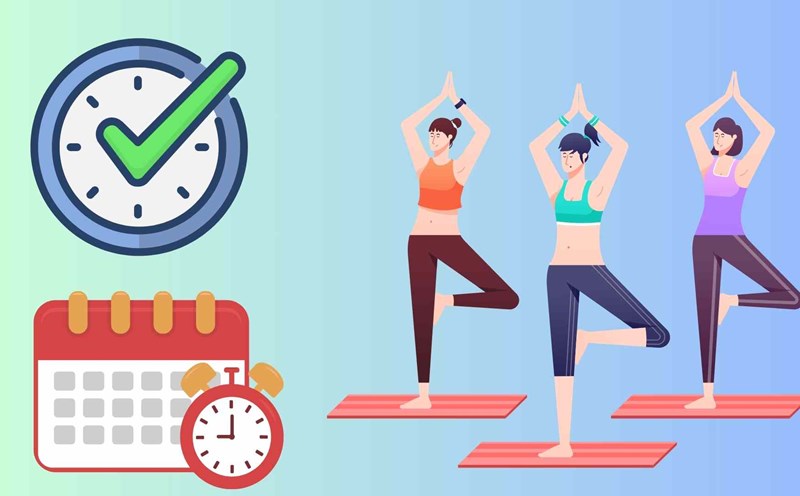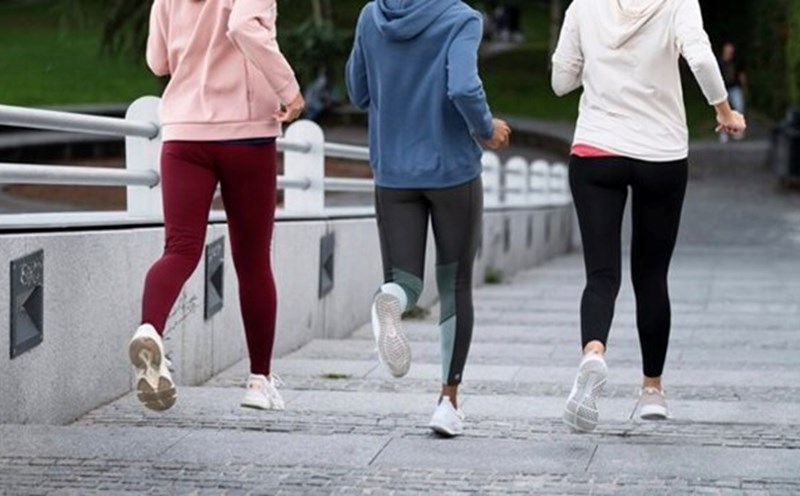In modern life, controlling blood sugar is a top concern for many people, especially type 2 diabetes patients or people at risk of insulin resistance.
In addition to a reasonable diet, physical activity plays a key role in regulating glucose. Among them, walking and yoga are considered two simple, accessible methods and bring clear results.
Diabetes consultant Kanikka Malhotra (India) shared on Indian Express that both walking and yoga have a positive impact on blood sugar levels, but yoga can bring outstanding benefits.
Yoga not only helps lower fasting blood sugar but also reduces HbA1c index, which is a factor that reflects the average blood sugar within 2-3 months.
In addition, yoga increases insulin sensitivity, promotes pancreatic function and reduces stress, which is an important factor in increasing blood sugar.
Meanwhile, walking, especially after meals, has also been shown to be very effective. A walk that lasts 30 to 45 minutes after eating can significantly reduce blood glucose levels and maintain insulin sensitivity for up to 24 hours afterwards.
Ms. Kanikka Malhotra believes that walking right after eating is the ideal time because blood sugar is at its peak.
However, the benefits are really outstanding when these two activities are combined. Walking helps the body use glucose faster through muscle movement, while yoga has a deep impact on the nervous system, hormones and psychology, helping to reduce stress and stabilize hormones that affect sugar levels.
Intercropping yoga and walking during the week helps the exercise not be monotonous, while comprehensively supporting both physically and mentally for patients.
Expert Malhotra recommends: To maintain stable blood sugar levels and improve long-term health, people with diabetes should consider incorporating both yoga and walking into their exercise routine.
Thus, no choice is ever the best. Instead, combine walking methods for movement and yoga for balance. This is the key to comprehensive metabolic health.











